How do I have an eco-friendly period?

No one likes or wants to think about their periods. They’re inconvenient, can be painful, even expensive and sometimes overwhelming by the sheer amount of products pushed under our noses. Most often, it’s easier to pick up the same products out of habit, not really challenging their true impact on our bodies, wallets and earth. But , we should all stop and think about what we’re putting near the most private and sensitive part of our bodies.
Evolution of period products
When you think of menstrual products, the typical things that pop to your mind are generally tampons and pads. But these haven’t actually been around all that long. The first mass-produced, disposable pad was invented in 1896, but it wasn’t until 1969 when the sanitary towel got its adhesive strip. Before that, you needed belts and pins to hold everything in place, making periods even more uncomfortable and inconvenient. We can’t even imagine. Our poor great, great, great grandmothers…
Unfortunately, while becoming more convenient, sanitary products have also become worse for the environment. Over your lifetime, you’re likely to throw away between 11,000‐16,000 tampons and pads (around 32 items per period). This works out to approximately 200kgs (the same weight as a gorilla) of tampons, pads and applicators thrown away in a lifetime of menstruating for one woman (either going to landfill or down the toilet).
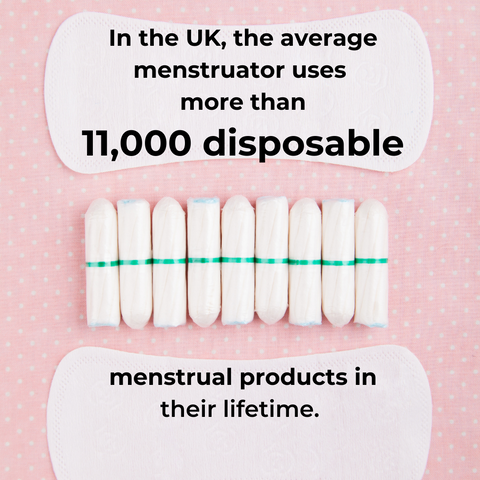
Upscale this to all of the population using conventional disposable menstrual products made from 90% plastic – along with their packaging in the UK - and you’re looking at 200,000 tonnes of waste per year.
An everlasting polluting period
All of this contaminated plastic has to end up somewhere - in landfills, wildlife sites, in nests, in animal’s bodies and the ocean. They can take up to 500 years to break down in a landfill, while leaching of additives from pads, tampons and applicators may occur while degrading or in water. On average, 4.8 pieces of menstrual waste are found per 100m of beach cleaned. For every 100m of beach that amounts to 4 pads, panty liners and backing strips along with at least one used tampon and applicator.
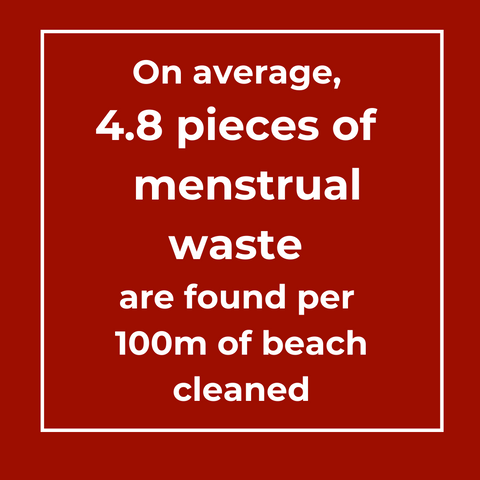
Chemical periods
Most tampons include scary-sounding chemicals, such as dioxine, chlorine and rayon. Residues of glyphosate (a probable carcinogen) and used as an active ingredient in certain weed killers has been found in menstrual towels, tampons and panty liners in France and in Argentina. There is no regular independent testing of tampons or menstrual pads for the presence of dioxins or any other chemical contaminants.
How do I have an healthier, eco period?
Luckily, there’s a number of ways and products to help make your periods more comfortable, without any eco guilt. And when you think about the amount of periods you have - I'm sorry to tell you, that's around 450 periods in your life - that's a huge impact YOU can have on making things better for the environment (and your own health). Let’s take a look…
The Menstrual Cup
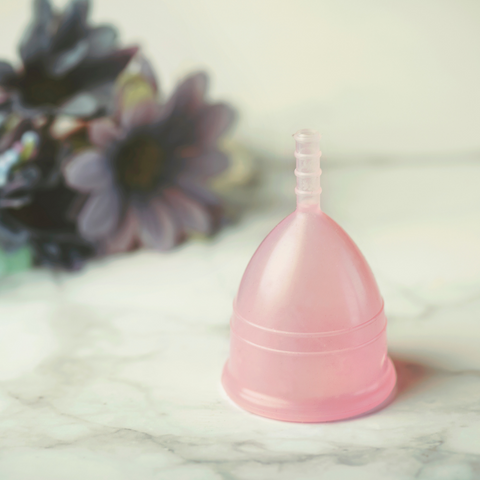
First up: the menstrual cup. This is a little, flexible cup that you put inside your vagina to collect up the blood. After a few hours, you take it out, empty and clean it, and reinsert. While it takes a bit of getting used to, the menstrual cup is a great way to reduce your plastic waste. A menstrual cup lasts between 2 and 10 years. In that time, someone who uses tampons or pads would get through about 528 period products. That's a huge environmental win (and better on the pennies, too).
Pros
- You don't have to remember to take extra products out of the house with you, because you just reuse the cup already with you.
- Some users report that using a cup instead of tampons reduces period cramps (hooray).
Cons
- It can take a bit of getting used to. You may have a couple of messy moments before you get the hang of it.
- It can sometimes be difficult to clean in public toilets - however manufacturers do say that you can either wash it with bottled water, or just wipe clean with some toilet roll until you can get somewhere to clean it properly. Phew!
Reusable Pads
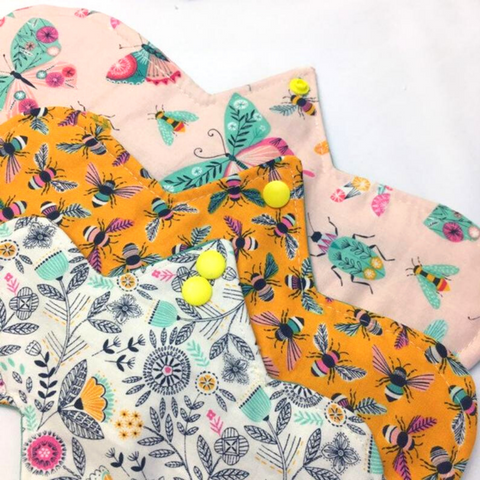
Like reusable cloth nappies, reusable sanitary towels are making a comeback. With everyone more environmentally aware of our disposable lifestyles, people are looking back to what people used to do - which was wash things! Not only do reusable pads help the environment through reducing your waste, some companies are also making them out of recycled plastic or bamboo fibres - so if you were to go for one of those, you're doing a double whammy good for the environment.
Pros
- Easy to use, just like the disposable pads that a lot of people are already familiar with
- Comfortable to wear
- Don’t need to fumble with plastic-packaging and wrappers, making changing them more subtle in public toilets
- No sticky backs sticking to the side of your leg!
Cons
- More washing while you’re on your period - although some users say that they use a containment bin to hold the pads and wash them all at the end of their period, assuming you have enough to last your entire period.
- If you don’t like the idea of sanitary towels and wearing something in your underwear, then this might not be for you.
Period Pants
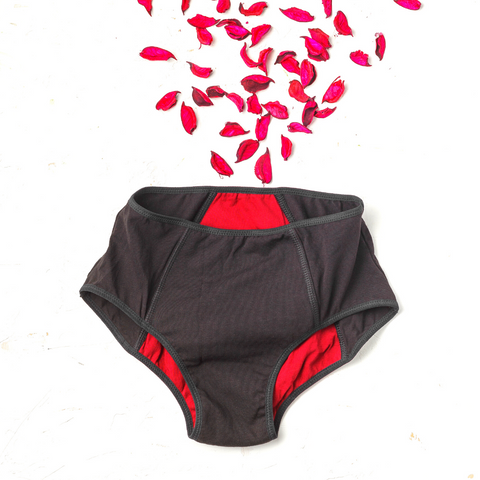
A genius invention. The period-proof underwear. The idea is that rather than using anything extra to deal with your period, you can have underwear that is specially designed to deal with it for you. Made out of absorbable material, this underwear will soak up period blood, while you can go about your business. There’s no need for that unnatural, sometimes uncomfortable feeling of something being wedged there. You could also boost it with a menstrual cup - giving you an extra layer of protection against leaks. Some companies have even created lines that are especially for teenagers, in an attempt to make those first periods less of a worry for them.
Pros
- Easy to use - just like wearing your normal underwear!
- Very comfortable to wear.
- You don’t need to remember to bring products out with you.
Cons
- Extra washing while you’re on your period - although, you could use a containment bin for these too, and wash them all at the end of your period.
- Less absorbent than some other period products - the majority of period underwear seem to hold the equivalent of one or two tampons. That means that this might not be a good option if you have a heavier period, or won’t be able to change them for long periods at a time.
Periods are already a pain, without having to worry about the impact they’re causing on the environment. Choosing an eco-friendly option gives you one less thing to worry about and reduces your exposure to chemicals and plastics. We’re confident that you’ll much prefer a reusable too and wonder why you’ve wasted so many shopping trips picking up disposables.